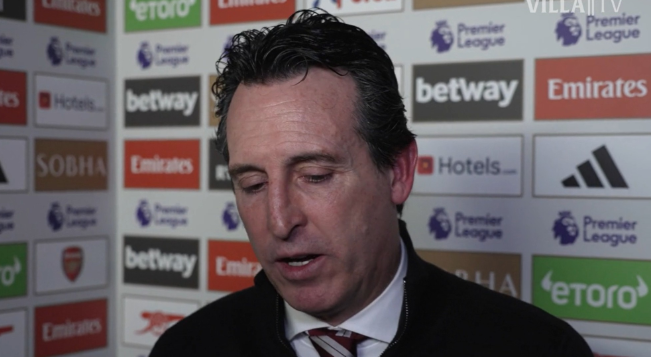
Mr. Huang Yu from the Department of Exercise Science at National Tsing Hua University, together with a team of students, has planned a series of features that delve into the World Cup soccer tournament. Covering a wide range of dimensions, including the use of technology, migrant workers' rights, stadium facilities, the concept of a strong sports nation, business operations, and environmental sustainability, the series aims to take a holistic look at the hosting of this world-class tournament and reveal its far-reaching social impact.
:: The hidden mysteries of ingenious design in Qatar's World Cup venues
:: Strong links between the World Cup and the environment
:: Labor rights disputes: how can FIFA and Qatar resolve their differences?
:: Beyond offside technology, virtual reality? The World Cup's cutting-edge technology can't be ignored
:: Sport forging the dream of a strong nation? World Cup host Qatar's journey towards becoming a sports powerhouse
The 2022 FIFA World Cup soccer tournament hosted by Qatar in West Asia has had its grand opening, a soccer frenzy that has ignited fans across the globe. According to FIFA's forecast, more than 5 billion people will watch the World Cup this year. Crowds are business opportunities, and FIFA, as the organizer, has accumulated wealth comparable to that of a mega-rich.
Founded in 1904, FIFA has been rolling in money in this century. 2006 accounting reports show that revenues from 2003 to 2006 amounted to CHF 3,238 million (about $3 billion), while financial reports for the period 2019-2022 have already reported revenues of $6.4 billion, making it one of the most financially powerful international sports organizations, second only to the International Olympic Committee (IOC). In this article, we will take an in-depth look at FIFA's financial situation in recent years, the commercial layout of the World Football Championships and related business activities, and analyze the commercial boom after the opening two weeks of the tournament.
According to FIFA's financial reports in recent years, its revenue has doubled since the beginning of the century. Among them, media broadcasting rights are FIFA's main source of income, accounting for 56% of the total income, marketing royalty income is about 13%, and the rest of the income, including tickets, trademark licensing, etc., accounts for about 29%.
On the expenditure side, the most recent four-year cycle included approximately $1.7 billion in tournament staging costs, approximately $1.7 billion in promotion and development costs, as well as soccer governance systems, administration and marketing and broadcasting.
Table 1: Summary of FIFA's revenue for the last 20 years (in billions of dollars)
particular year
sum of money
Source: Organized by the team
It's worth noting that the World Cup is usually a year of rolling in the dough, especially with televised royalties and marketing rights. With a surplus of $1.5 billion in the 2022 budget, FIFA's total assets grew by 21 percent to $5.5 billion in the final period-end settlement. Its statutory surplus reserve was affected by the new crown epidemic, falling from $2.7 billion in 2018 to $1.8 billion in 2021.
Marketing rights are another major source of revenue for FIFA, amounting to $131 million last year. Most of this revenue ($93 million) came from FIFA's global partnership agreements, while $30 million came from World Cup sponsors.
In addition, FIFA received $5 million from regional sponsors, $2 million from women's soccer partners, and $1 million from national sponsors.FIFA also had $320 million in "other income" last year, including a $60 million settlement from the U.S. Department of Justice (USDOJ) for the corruption of former officials. The remaining $260 million came from the club. The remaining $260 million came from club World Cups, liquidated damages for canceled contracts, property sales, FIFA museum revenues and copyright revenues. Table 2 presents the key revenue and expense figures for 2022.
Table 2: FIFA 2022 Key Revenues and Expenditures (in USD billion)
form
sports event
sum of money
incomes
Media broadcasting rights
marketing rights
VIP Discount Rights and Ticket Sales
trademark license
(sth. or sb) else
expenditures
Contests & Events
Development and education
Soccer governance
FIFA Management and Administration
Marketing & TV Broadcasting
Profit before tax






























